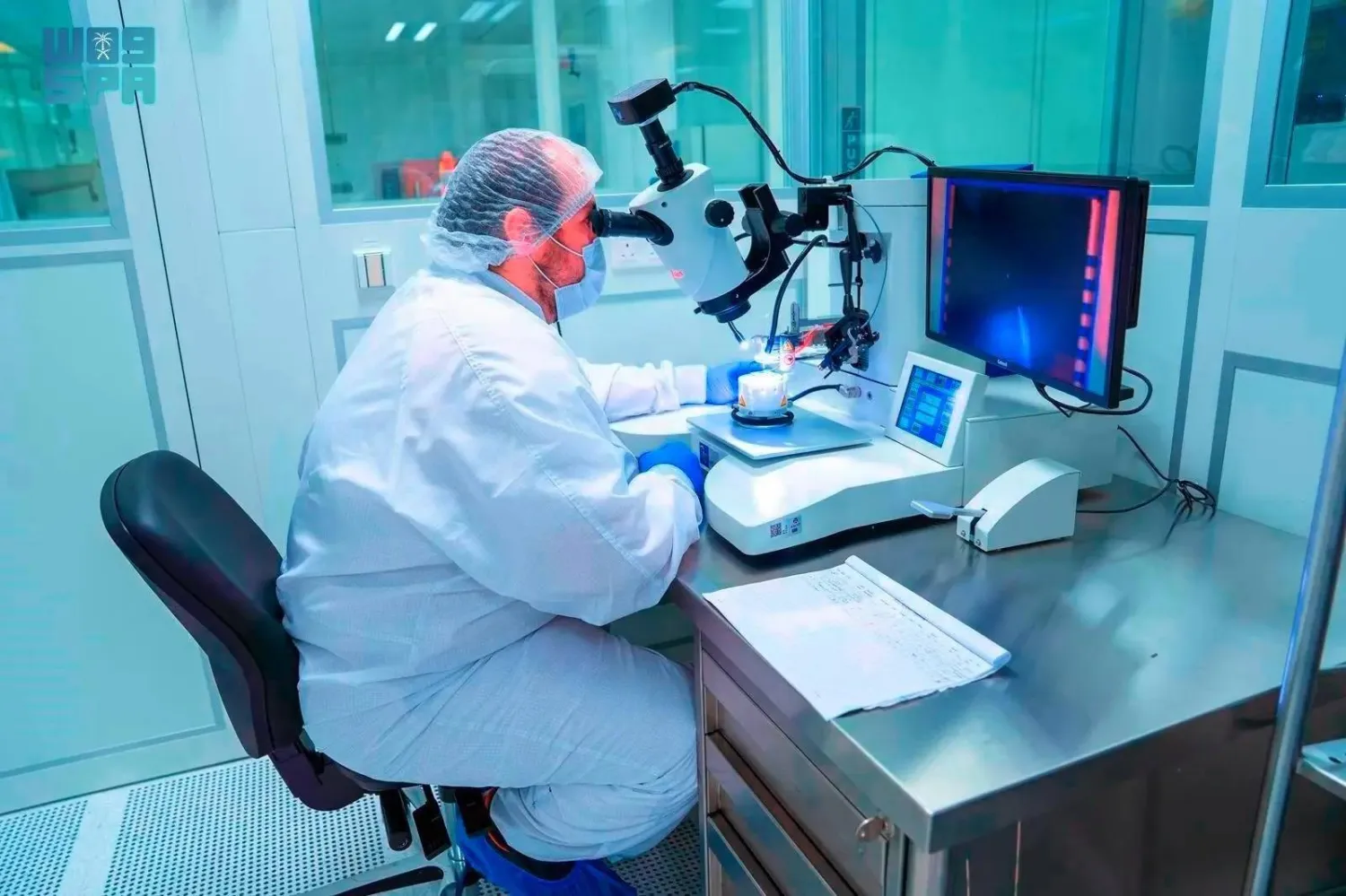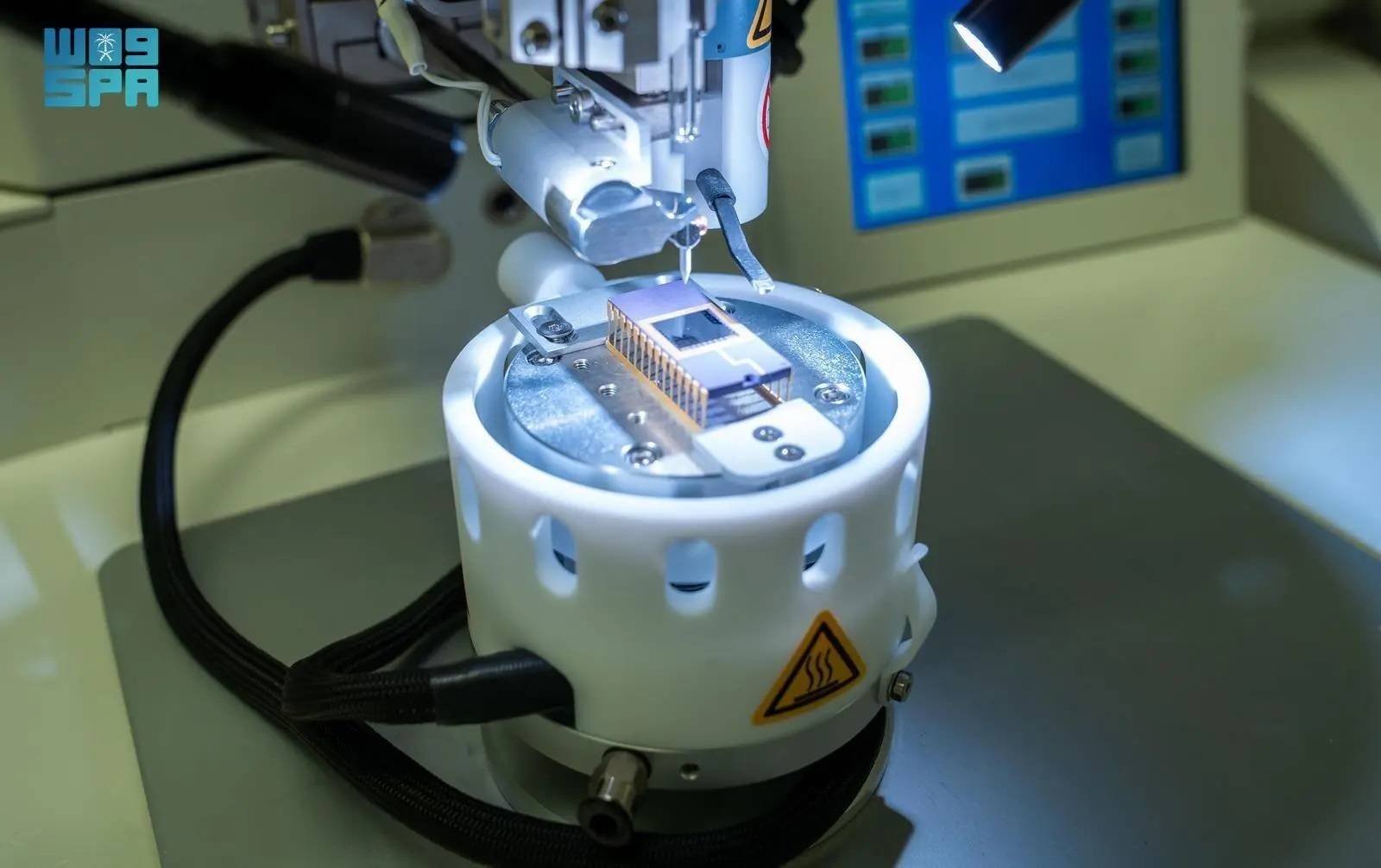China’s first Mars rover has driven down from its landing platform and is now roaming the surface of the red planet, China's space administration said Saturday.
The solar-powered rover touched Martian soil at 10:40 am Saturday Beijing time (0240 GMT), the China National Space Administration said.
China landed the spacecraft carrying the rover on Mars last Saturday, a technically challenging feat more difficult than a moon landing, in a first for the country. It is the second country to do so, after the United States.
Named after the Chinese god of fire, Zhurong, the rover has been running diagnostics tests for several days before it began its exploration Saturday. It is expected to be deployed for 90 days to search of evidence of life.
The US also has an ongoing Mars mission, with the Perseverance rover and a tiny helicopter exploring the planet. NASA expects the rover to collect its first sample in July for return to Earth in a decade.
China has ambitious space plans that include launching a crewed orbital station and landing a human on the moon. China in 2019 became the first country to land a space probe on the little-explored far side of the moon, and in December returned lunar rocks to Earth for the first time since the 1970s.








